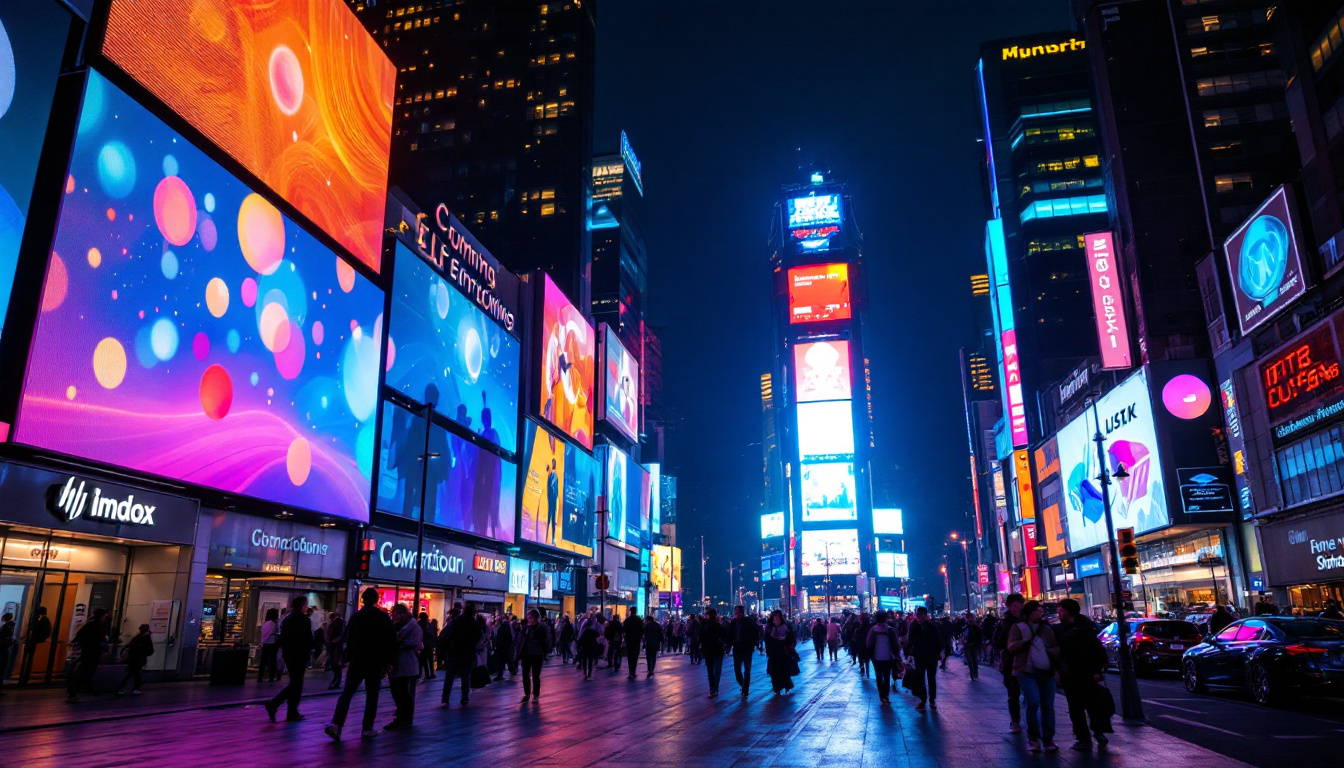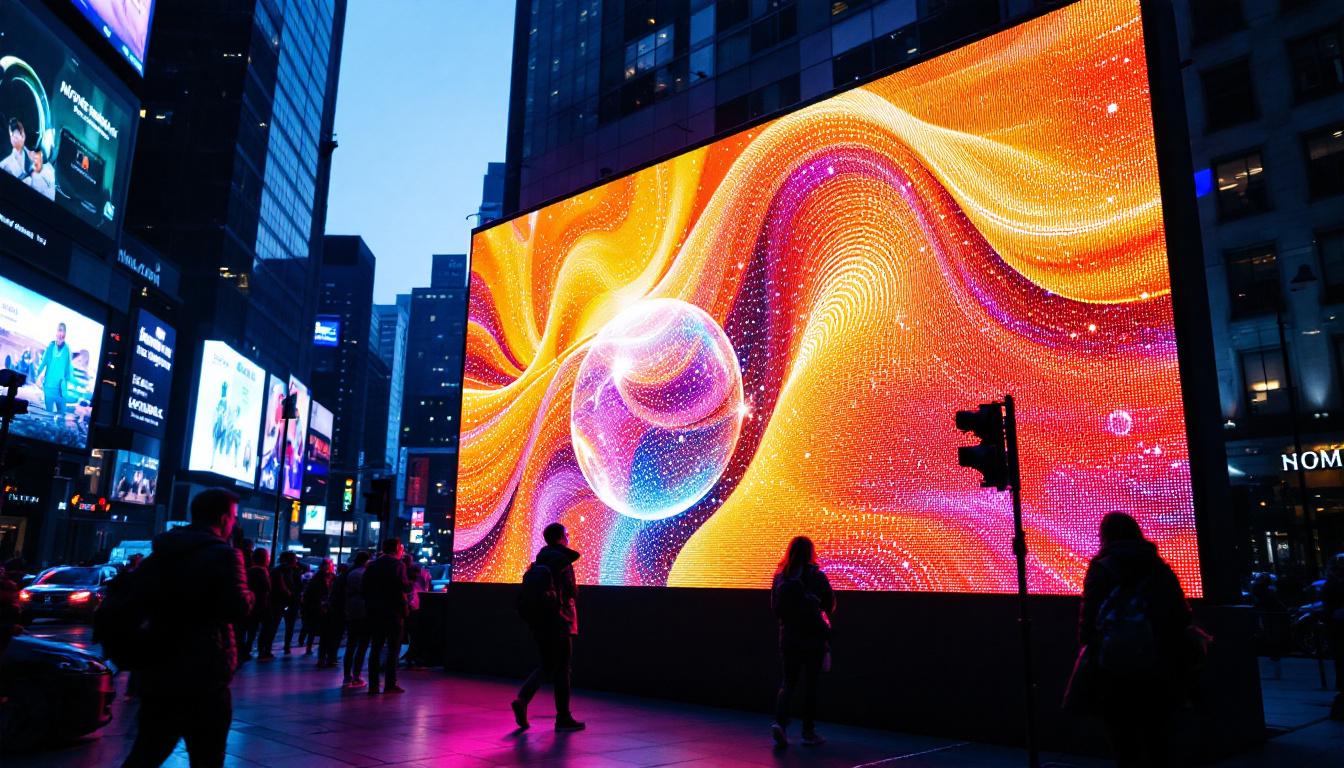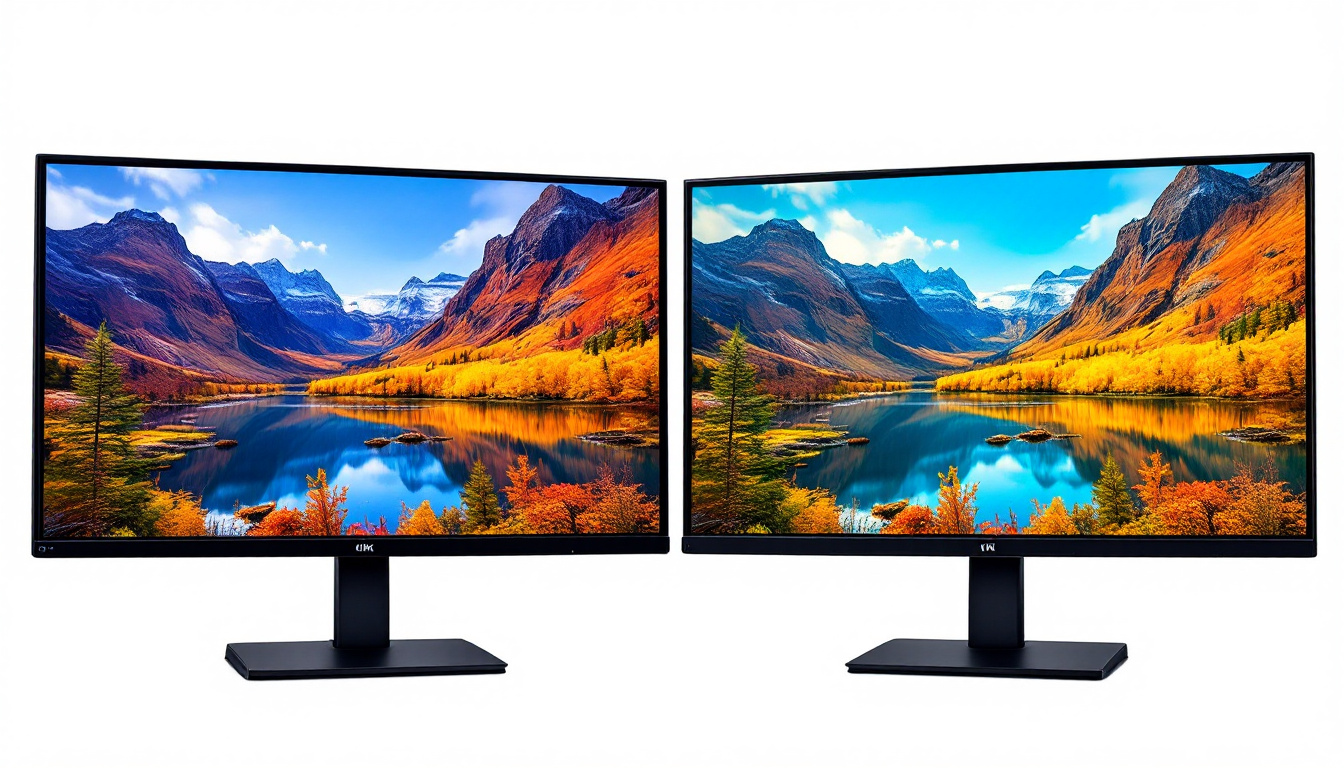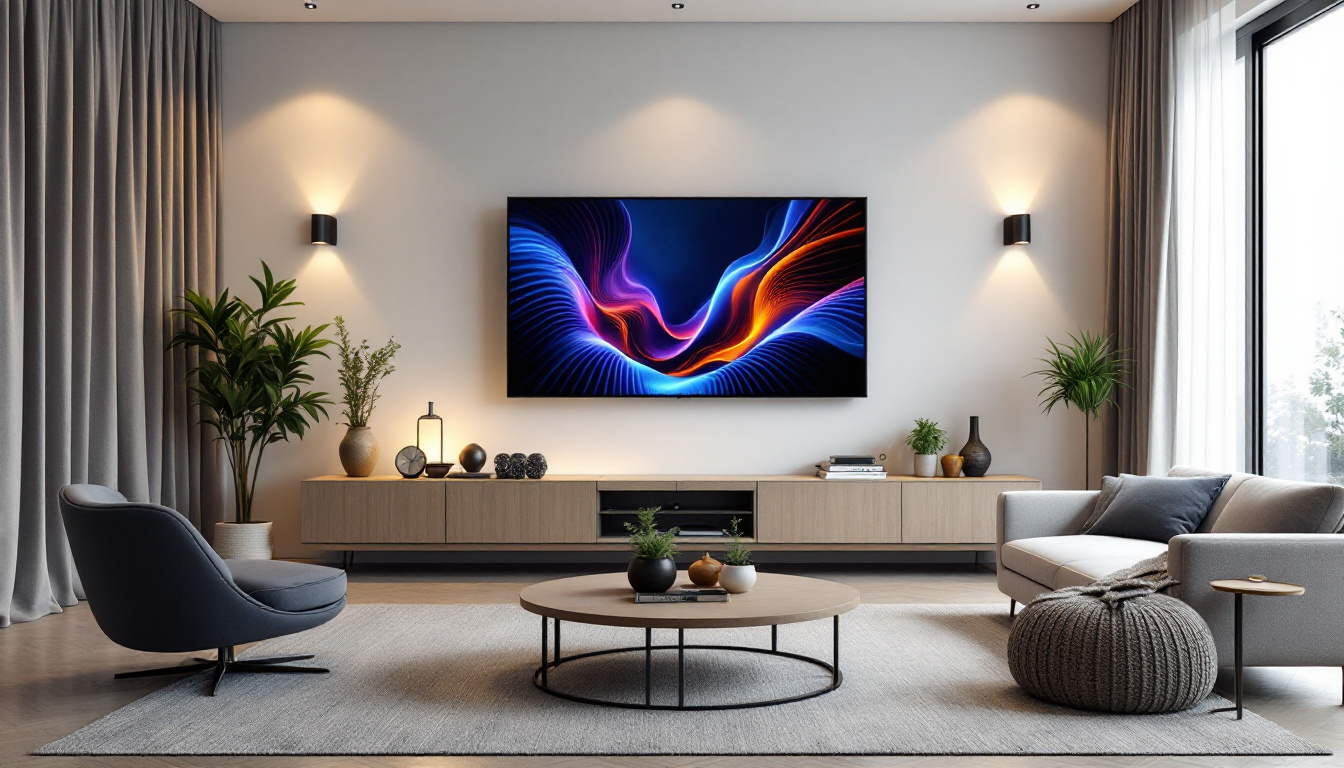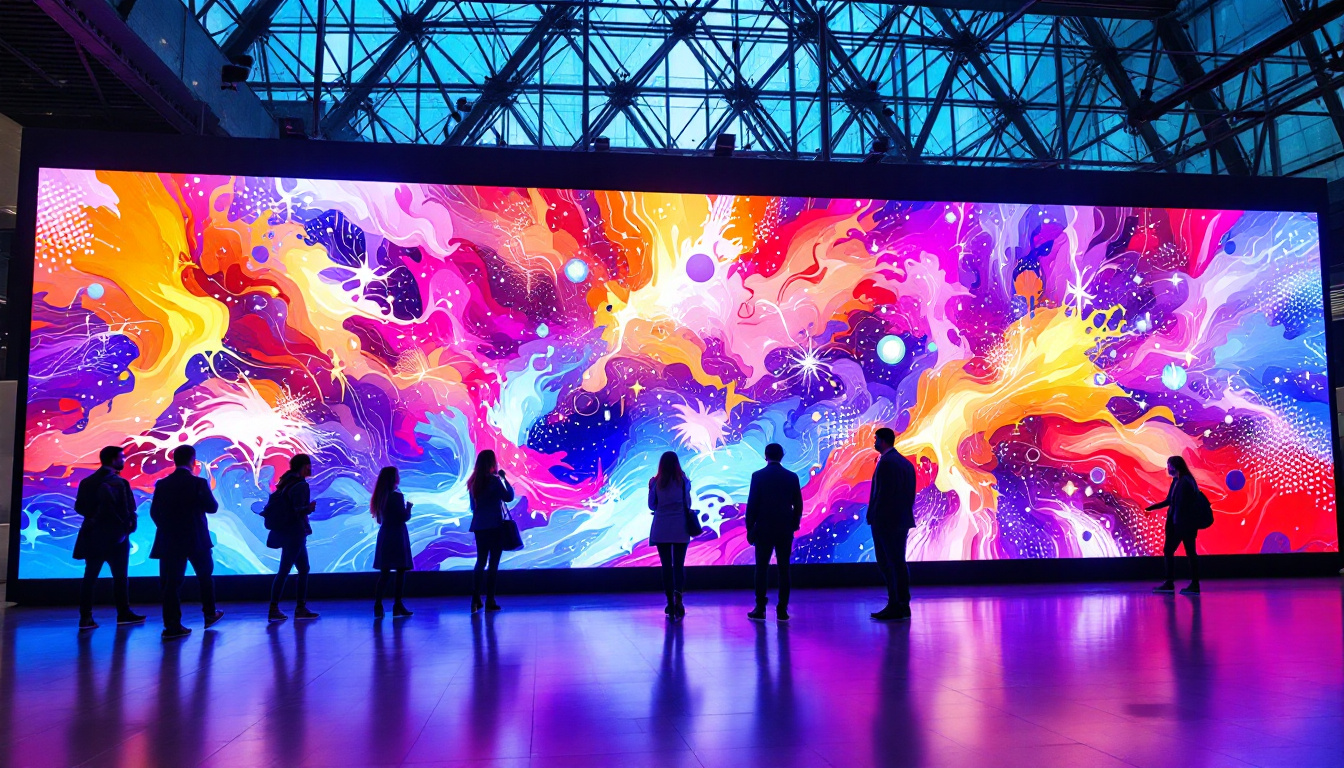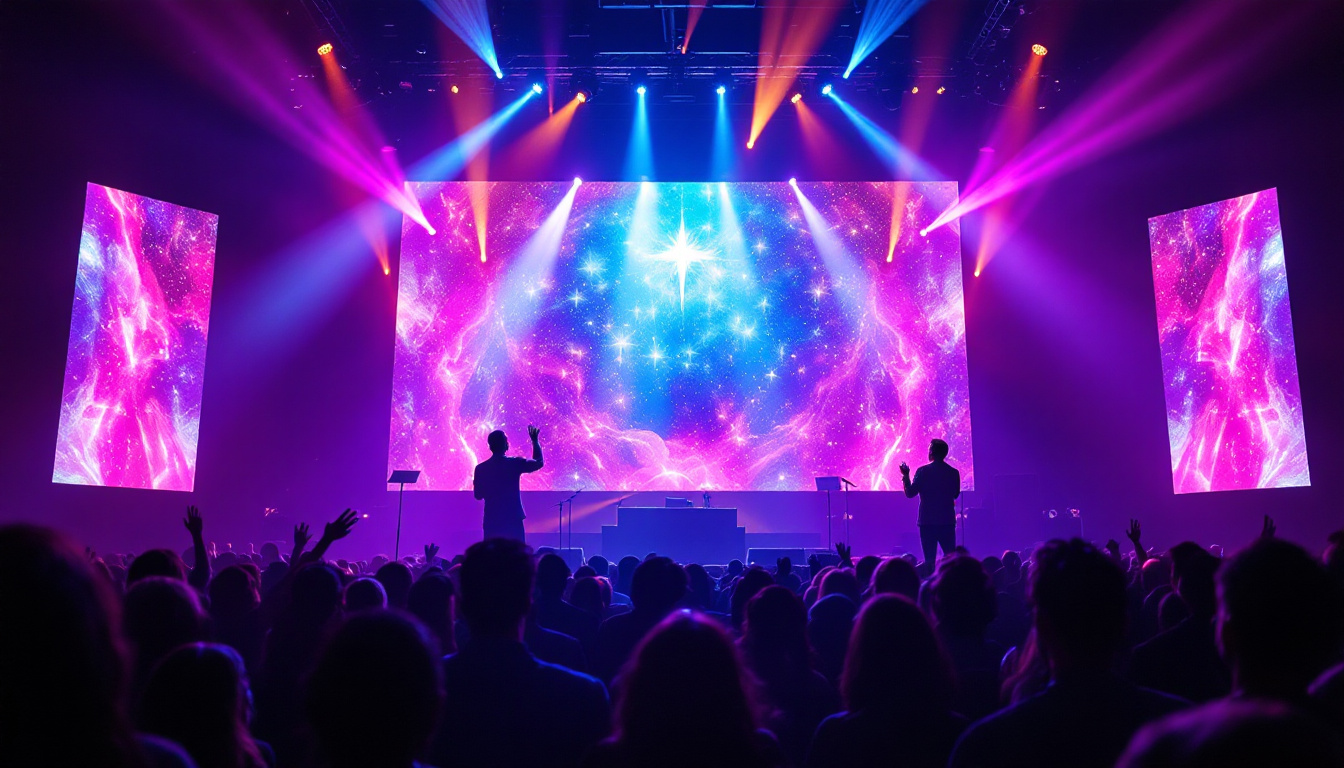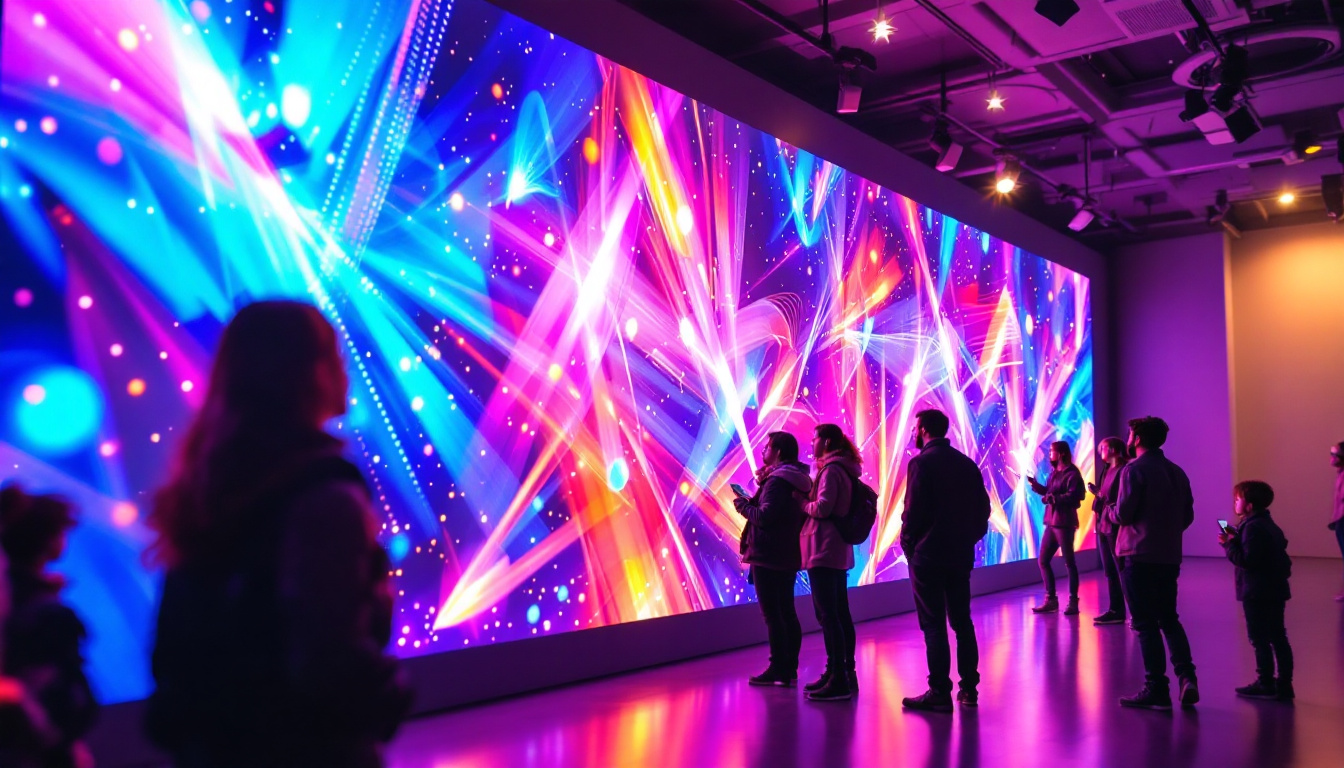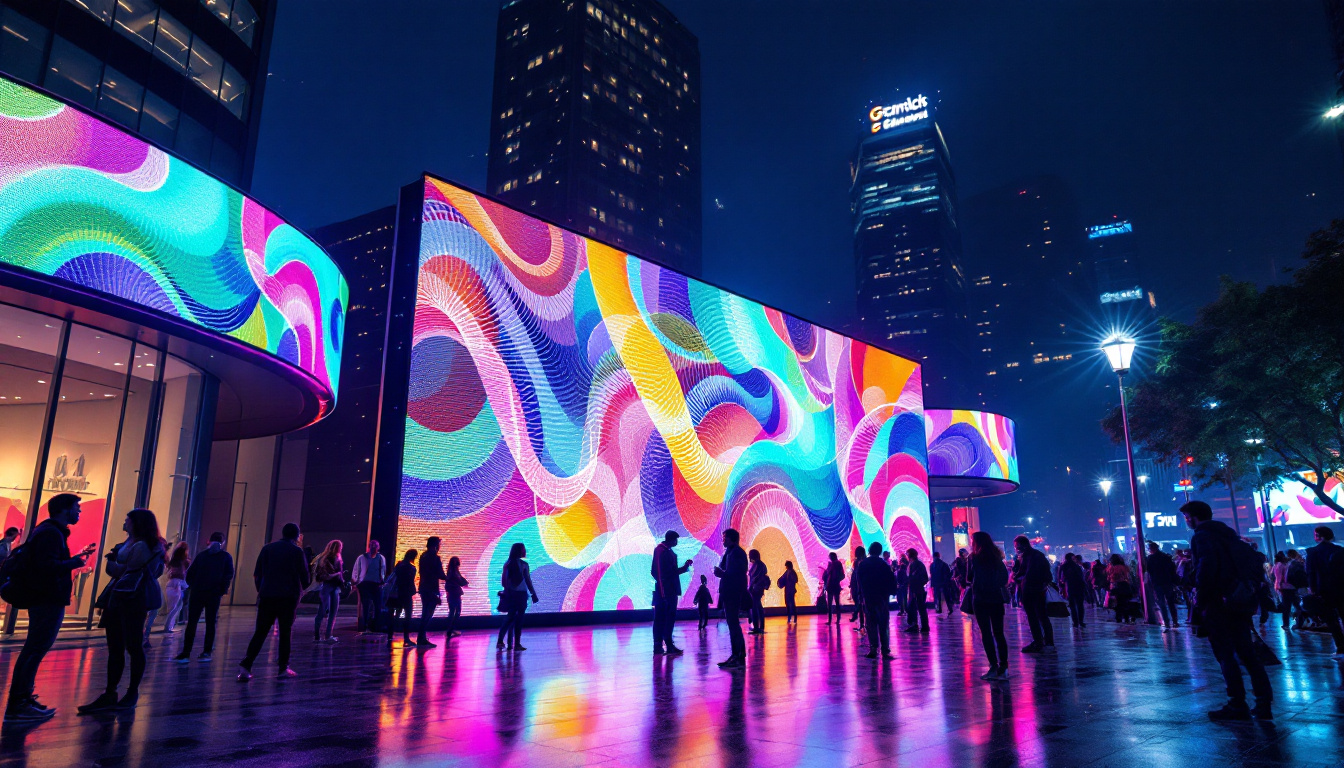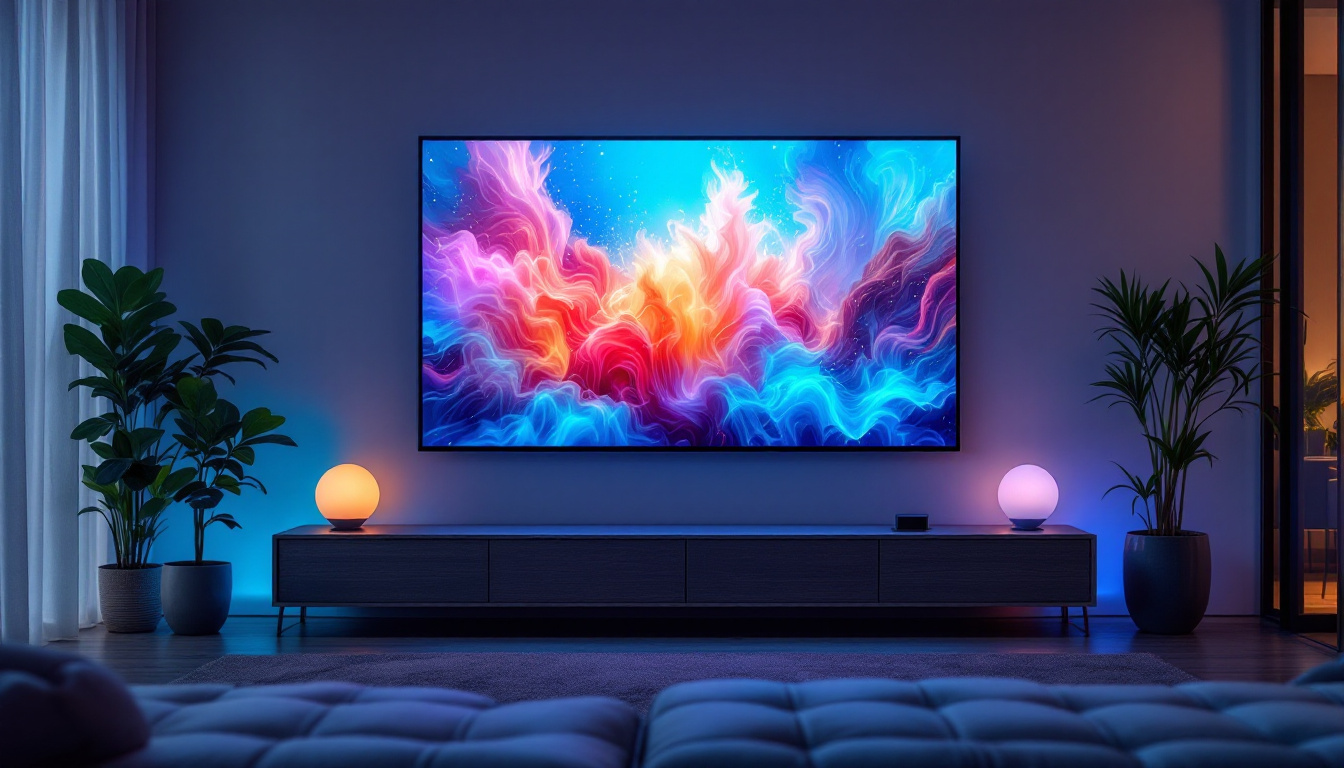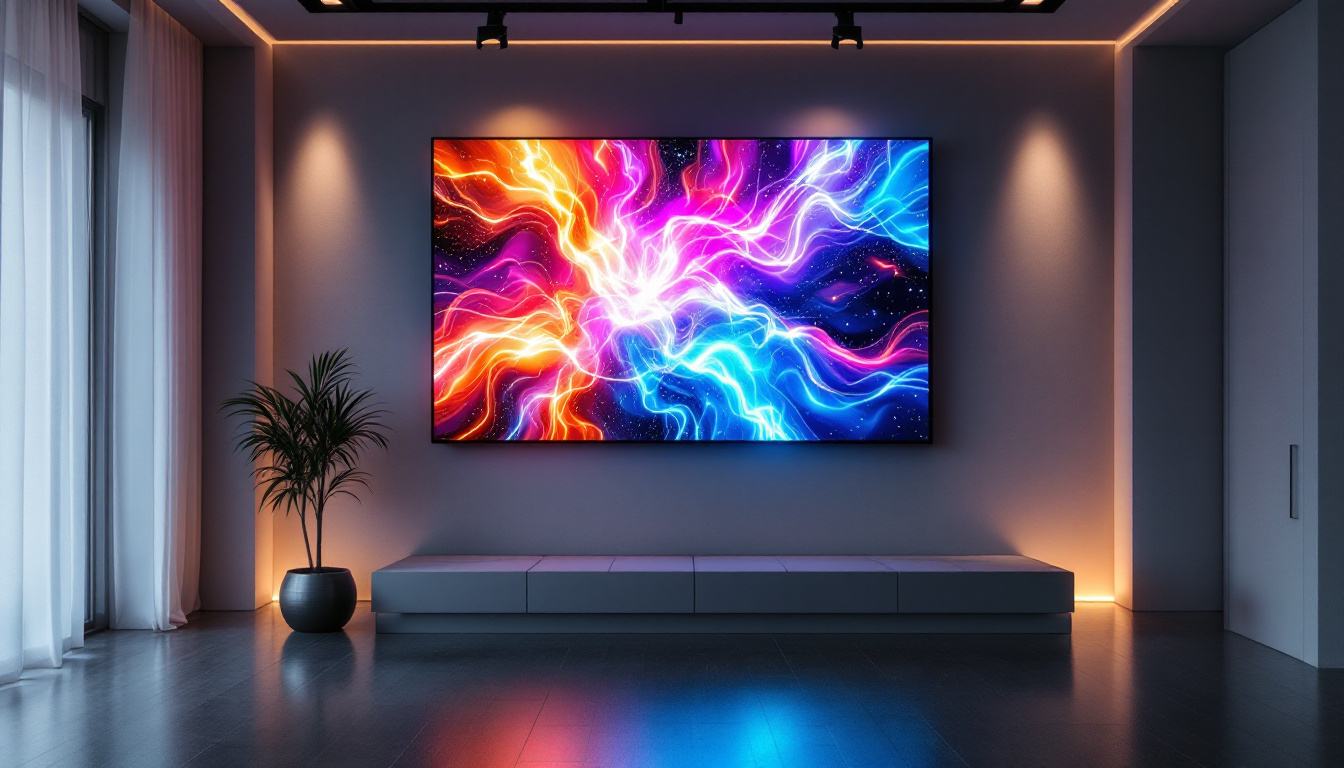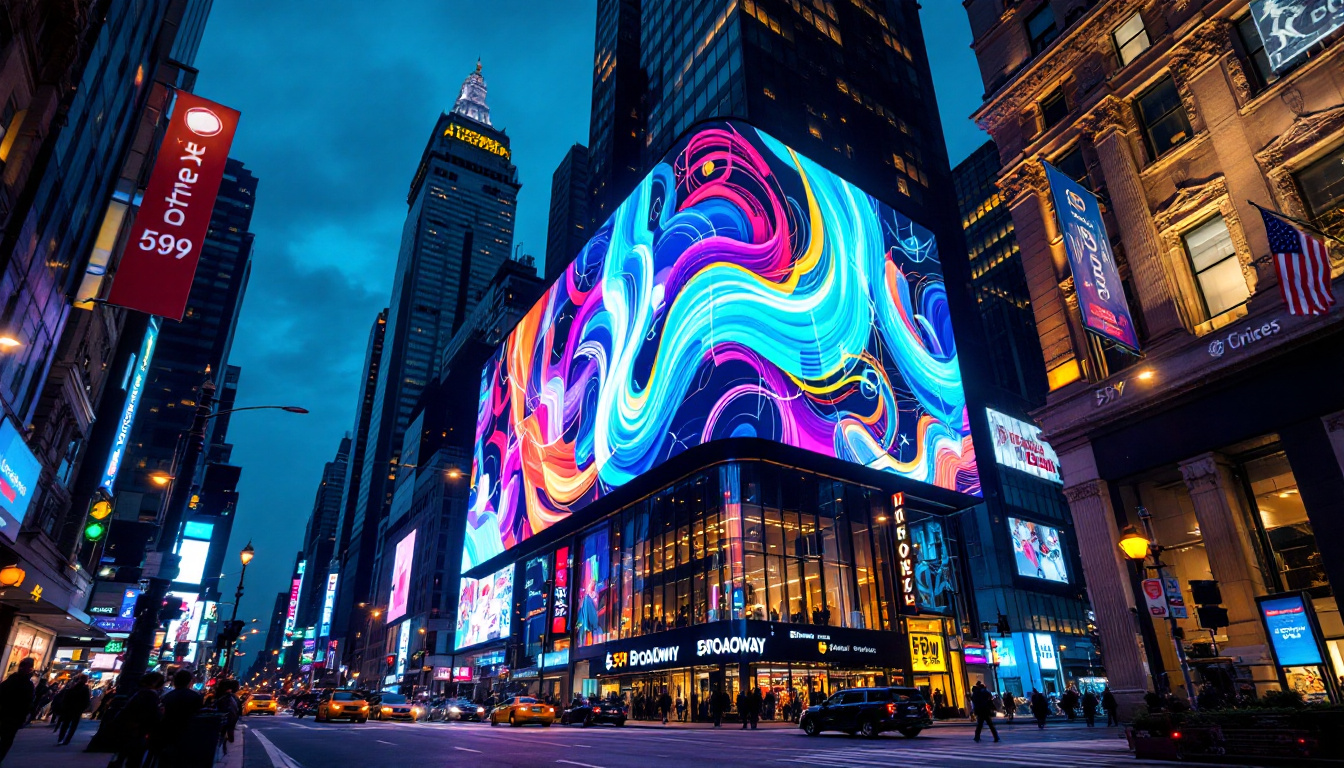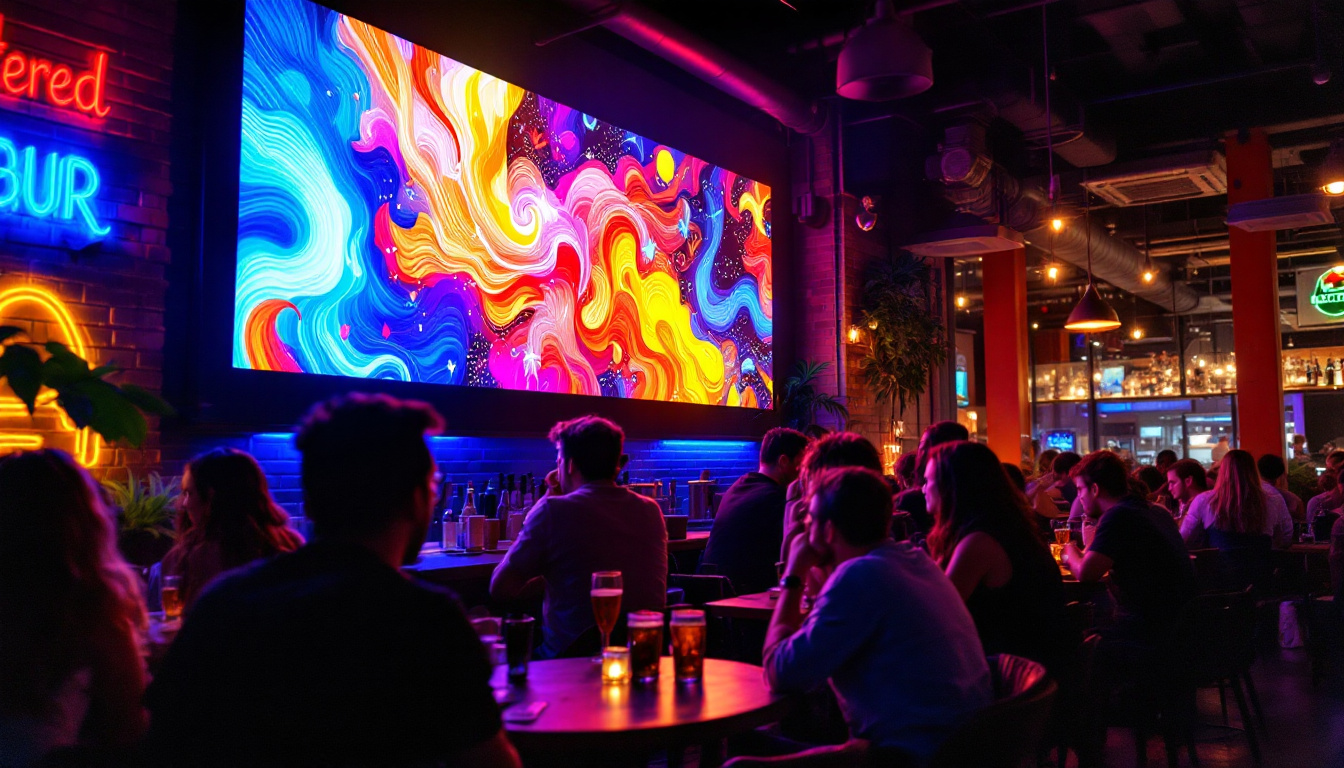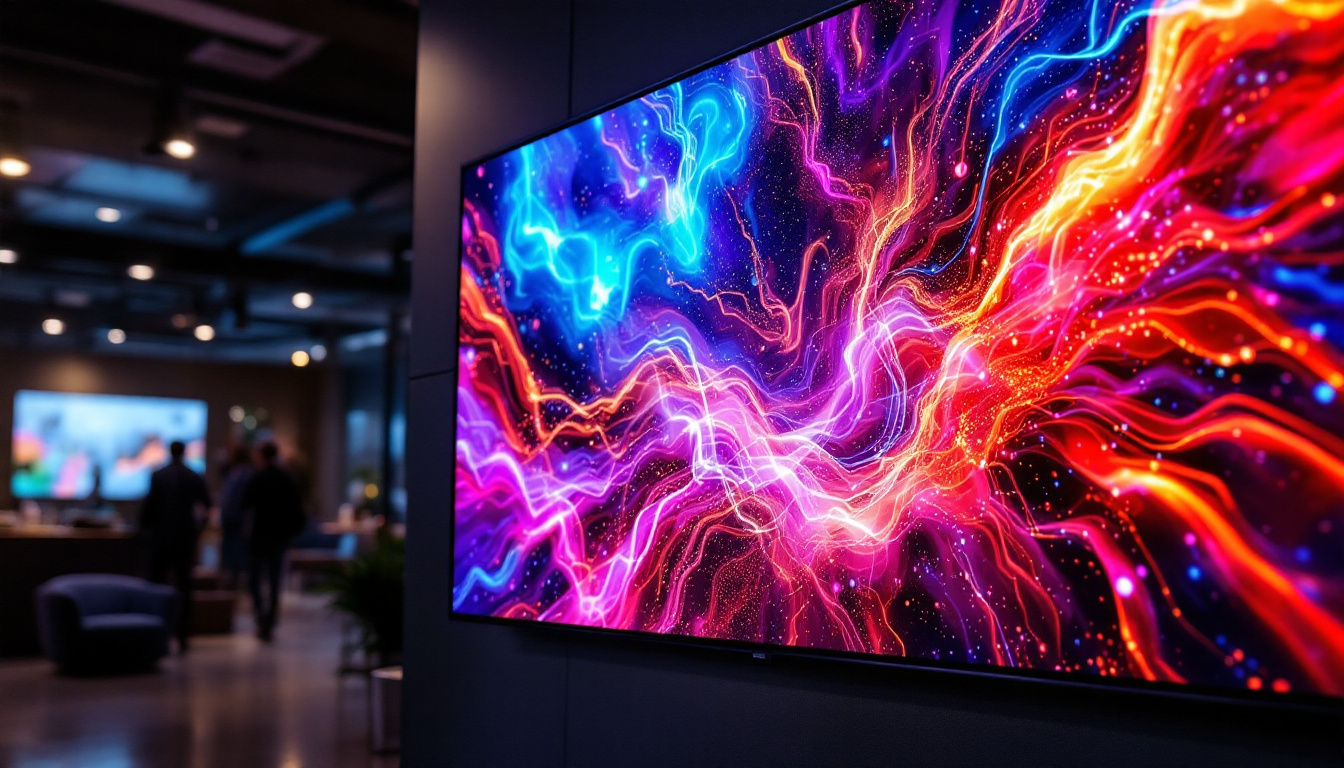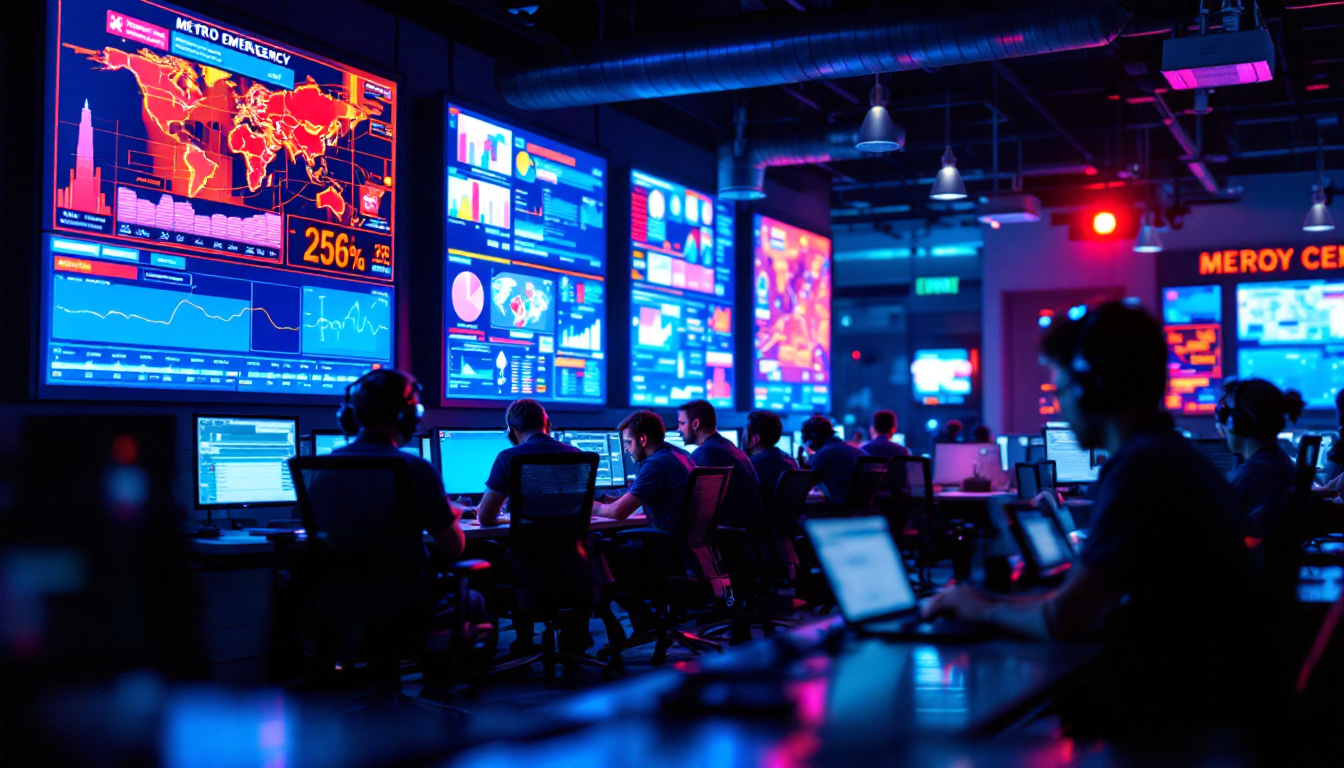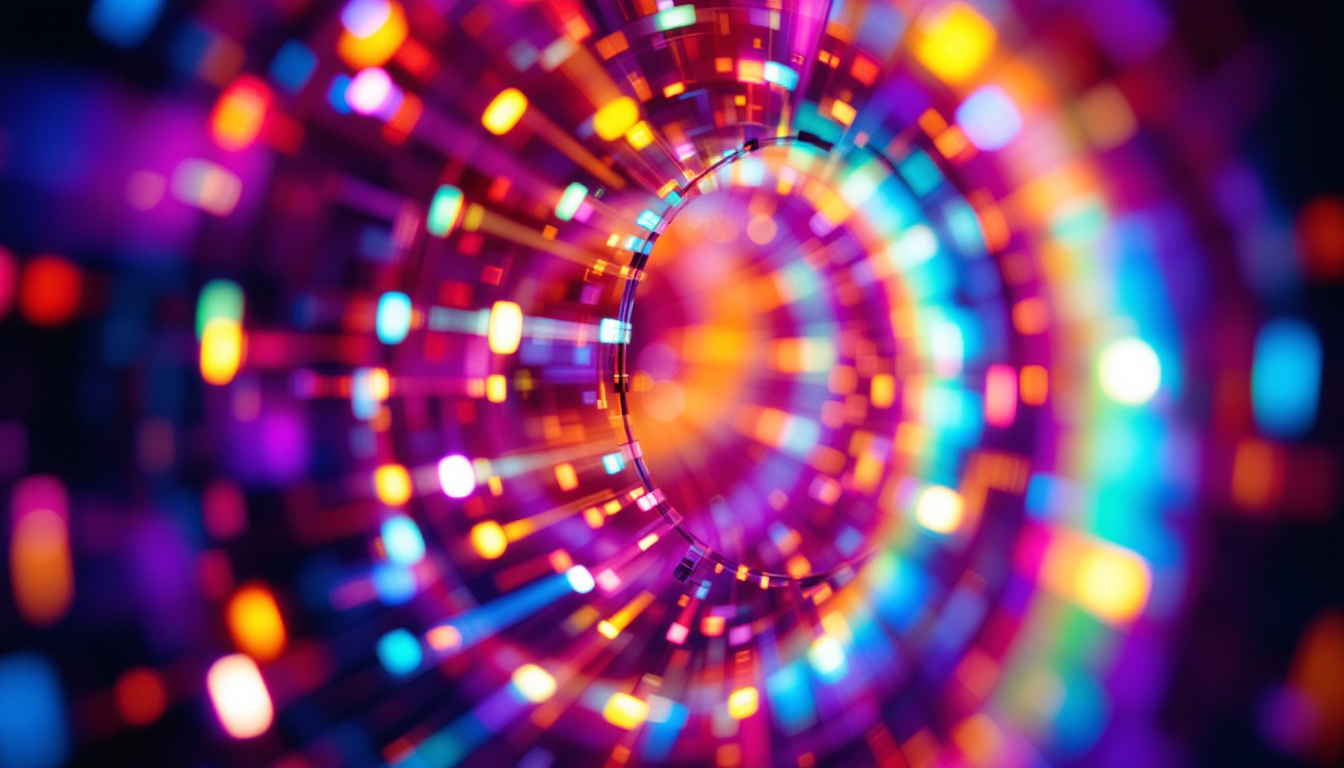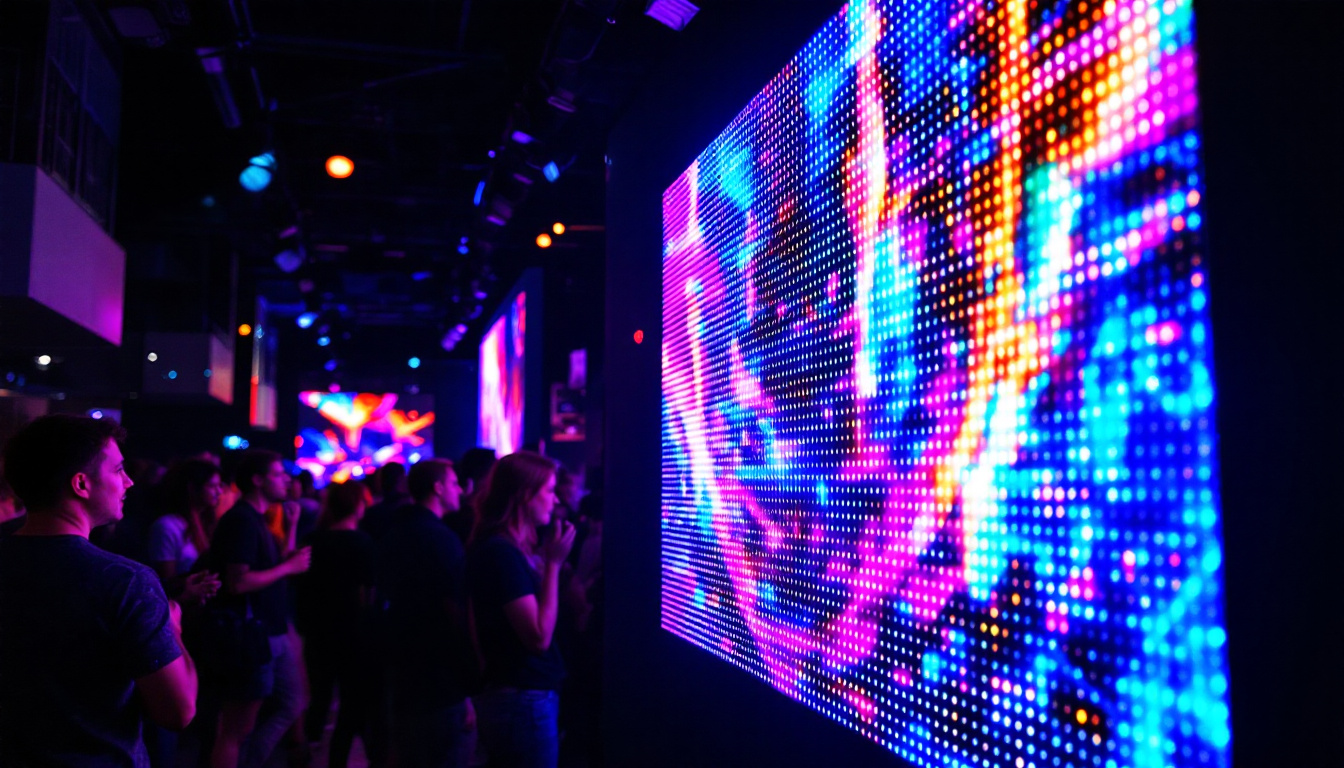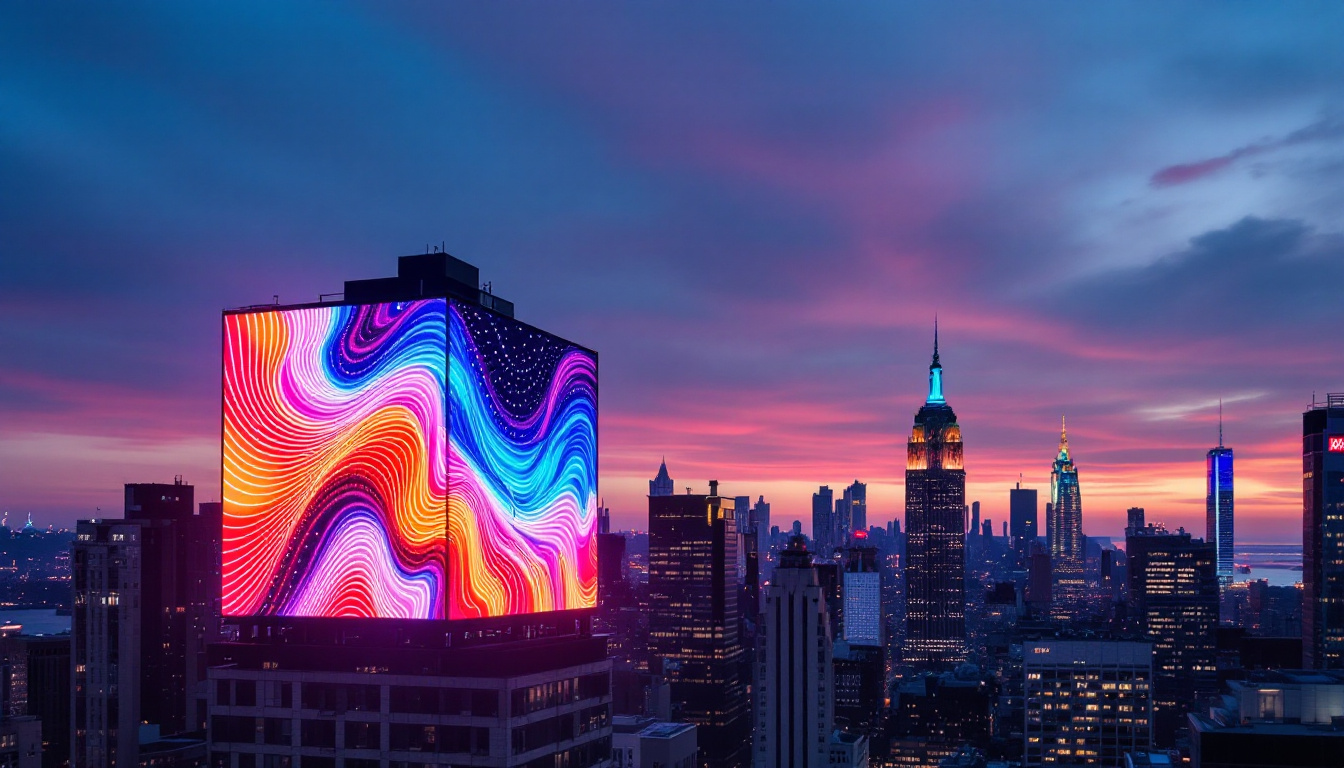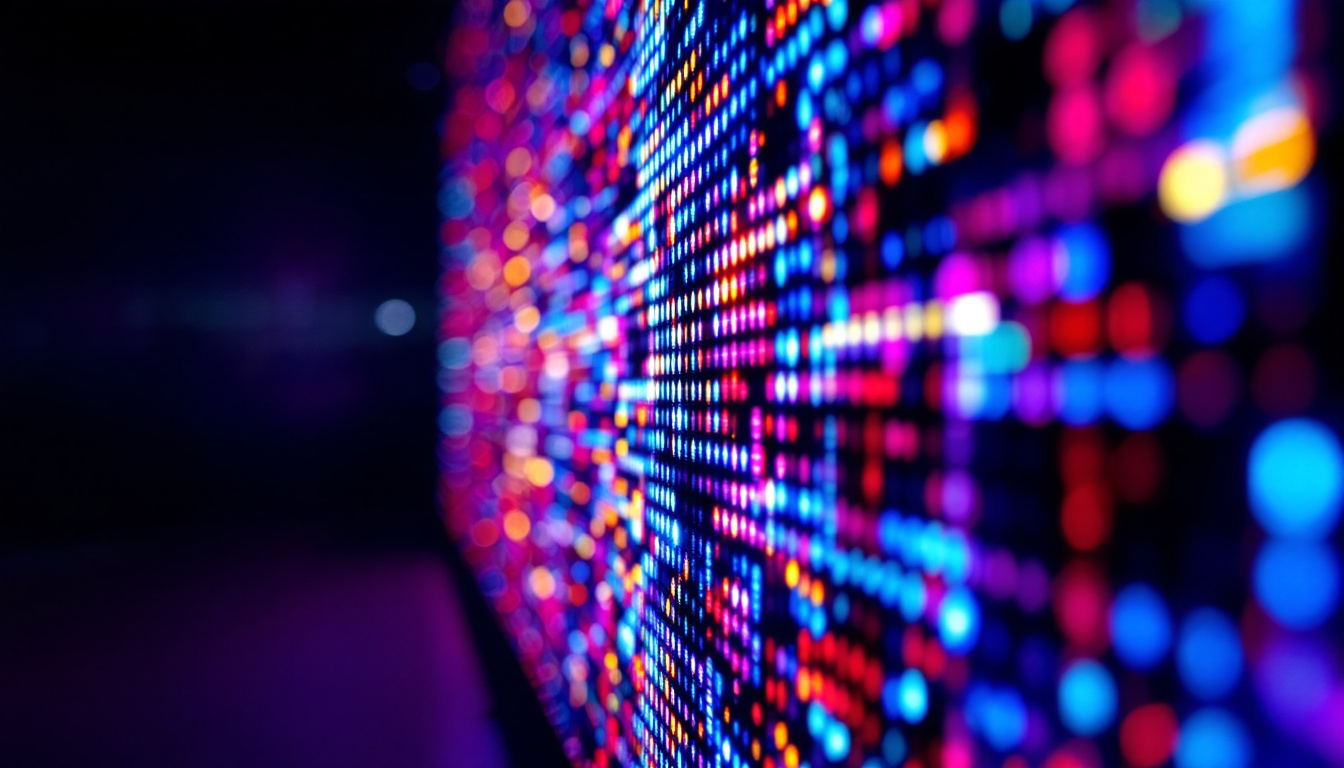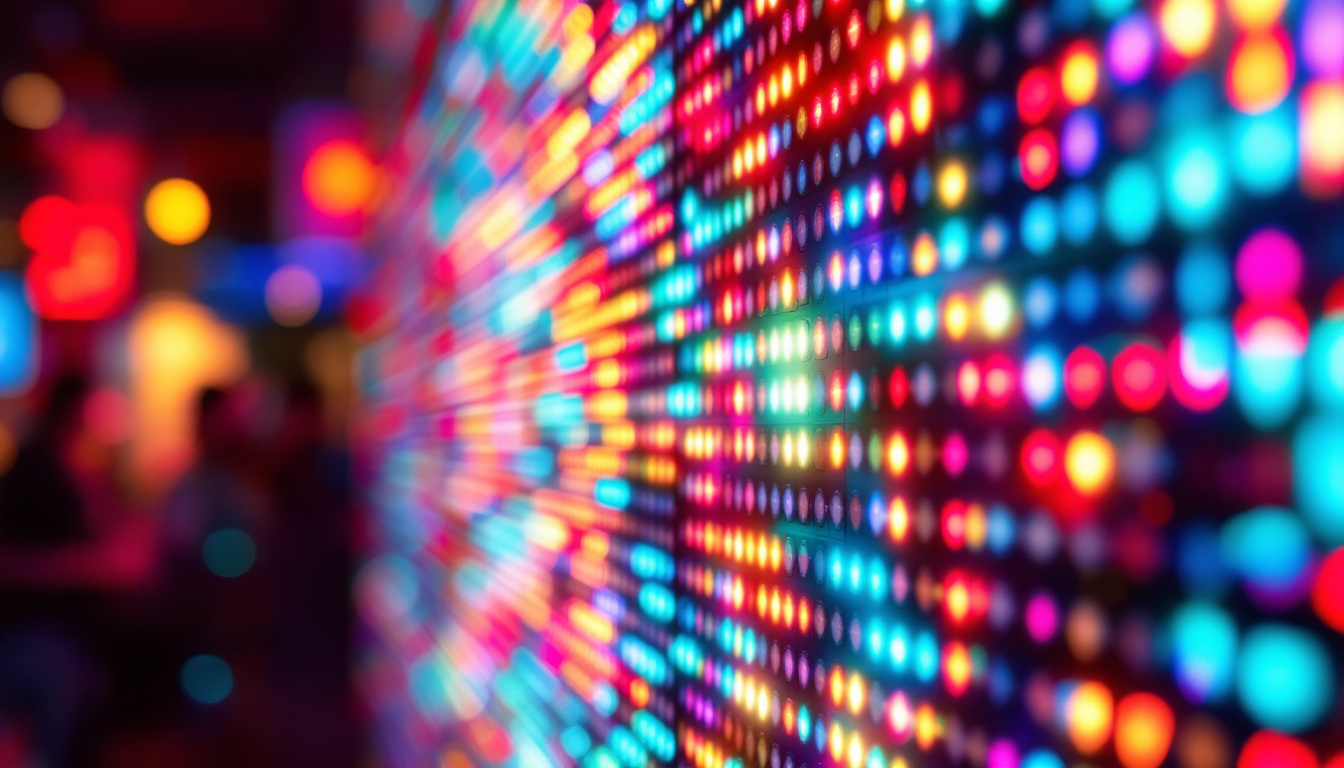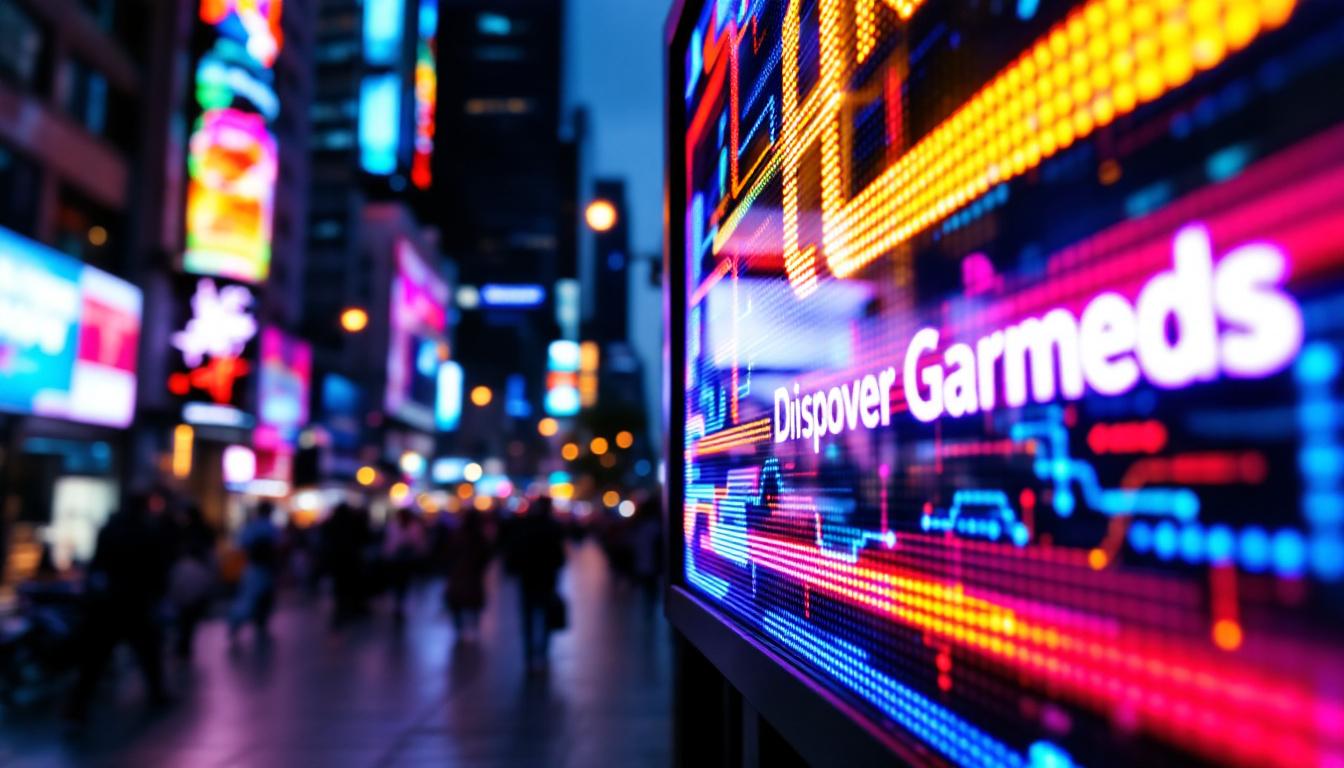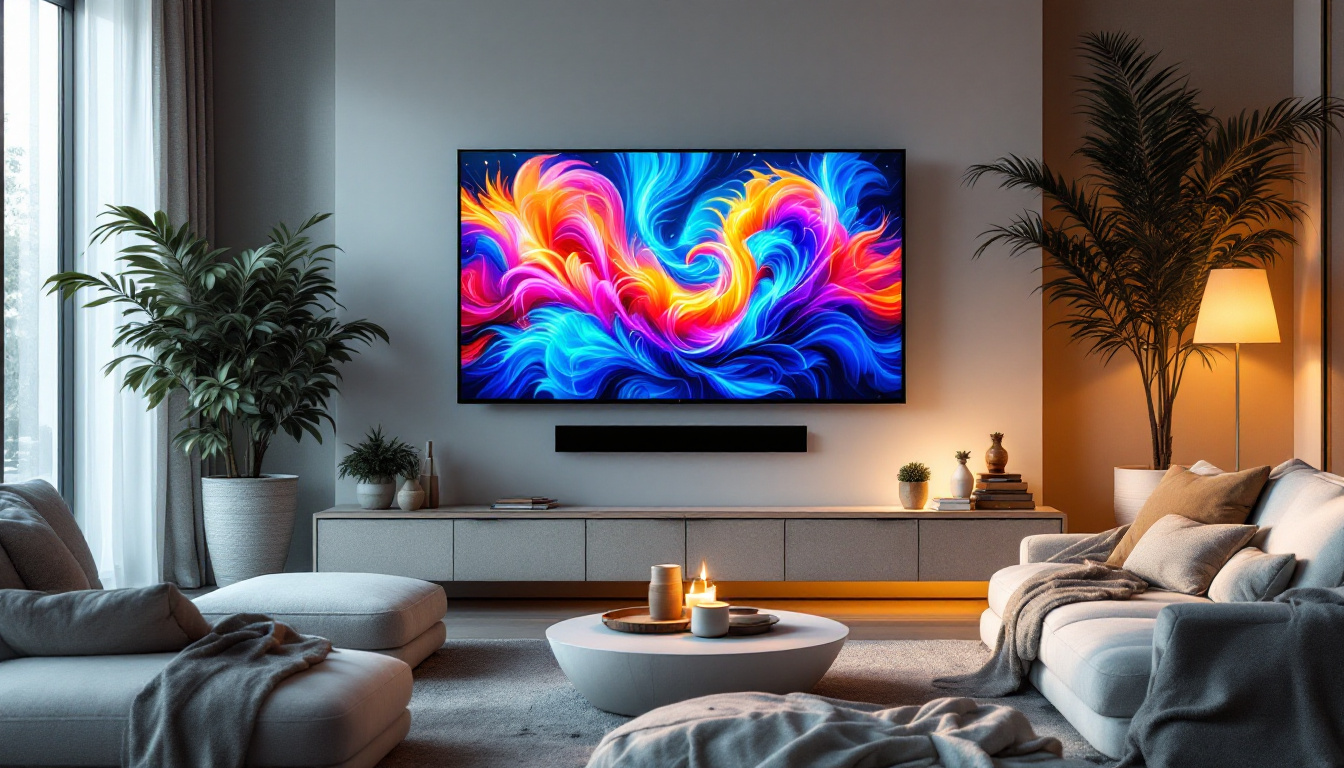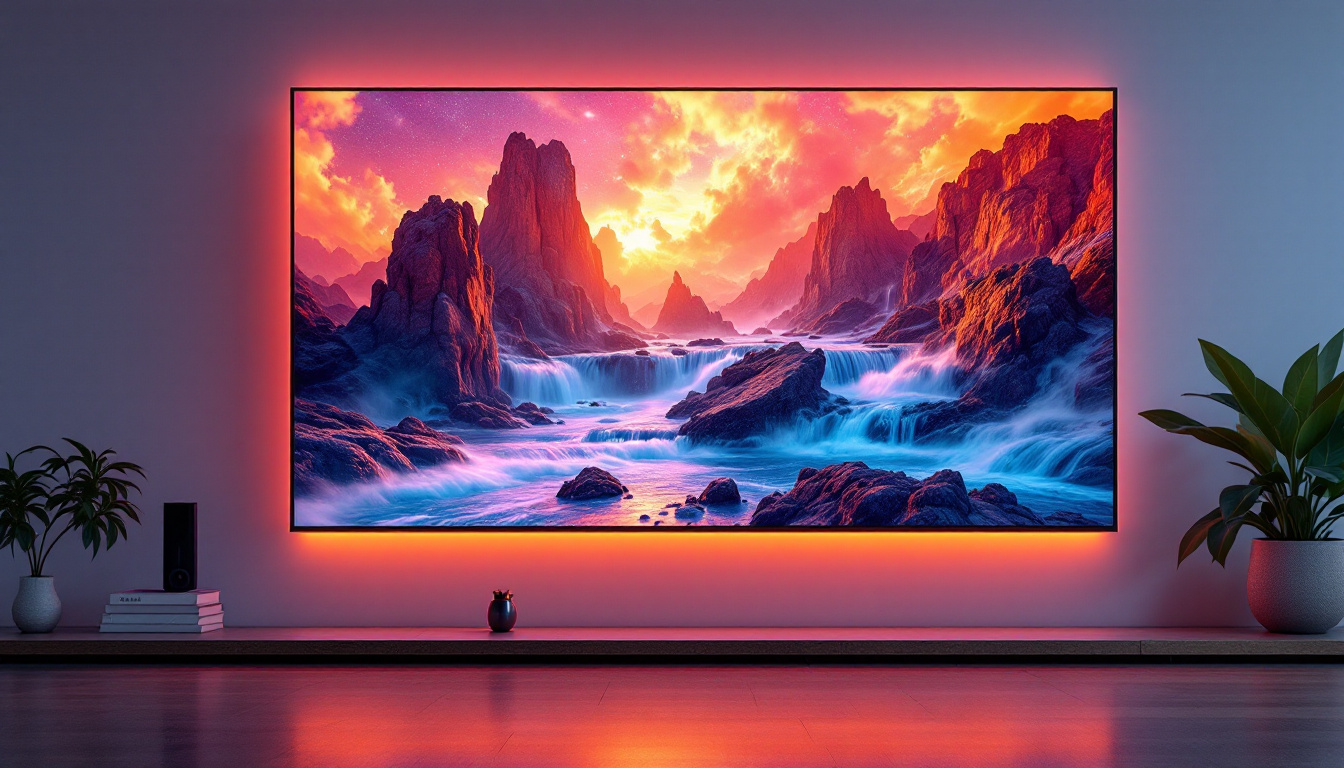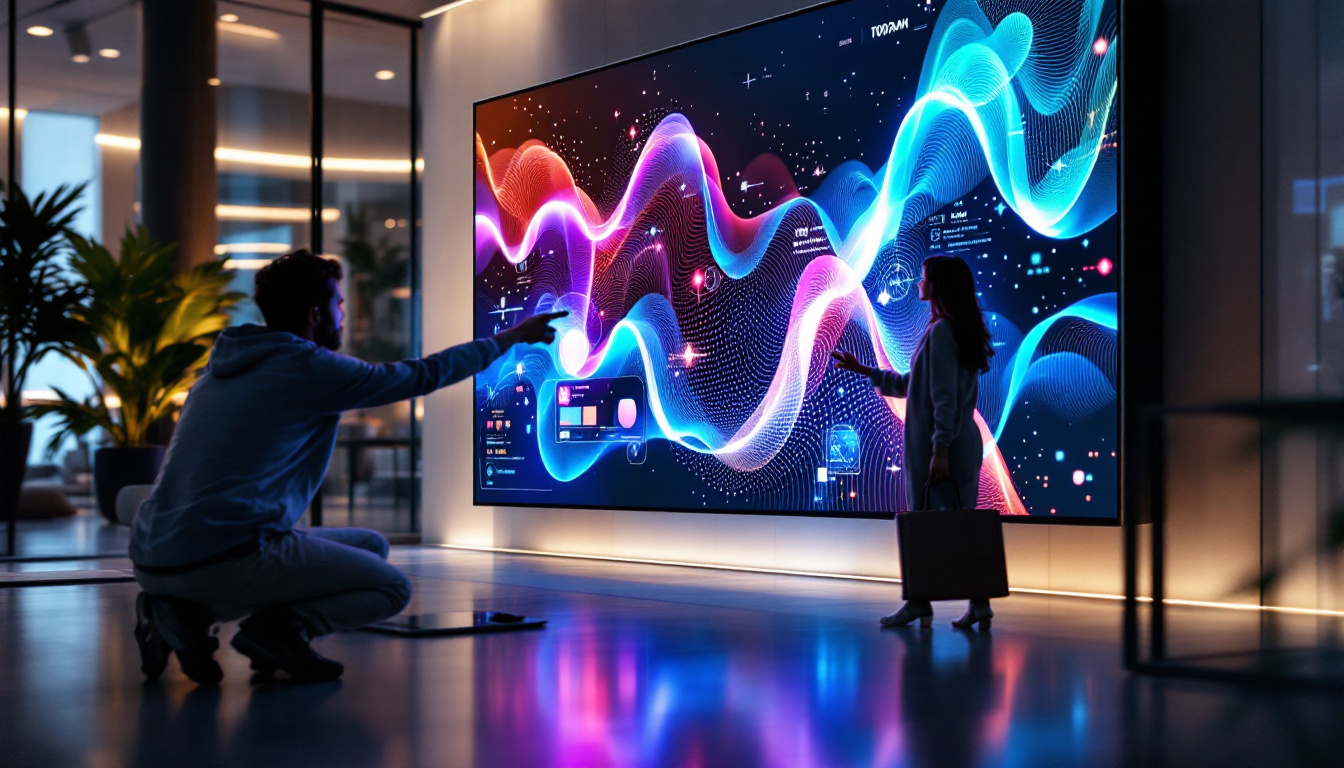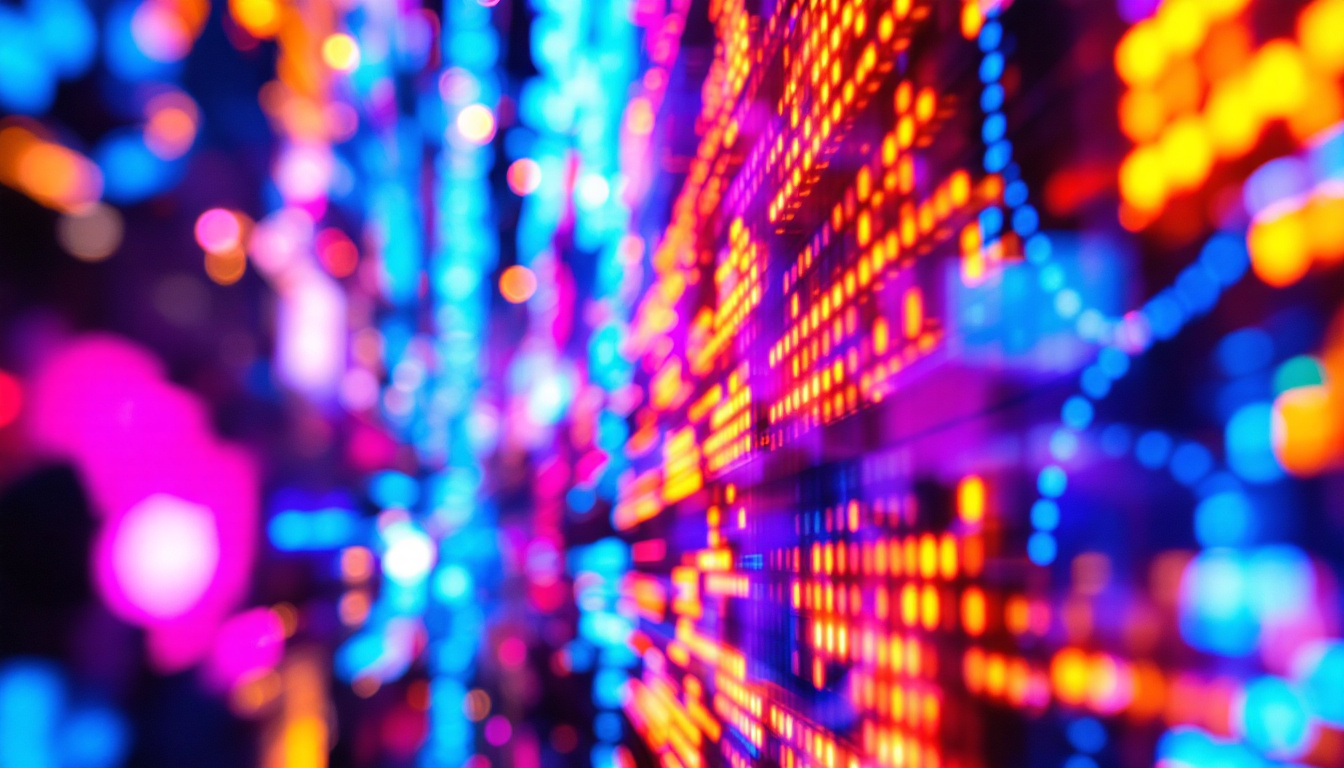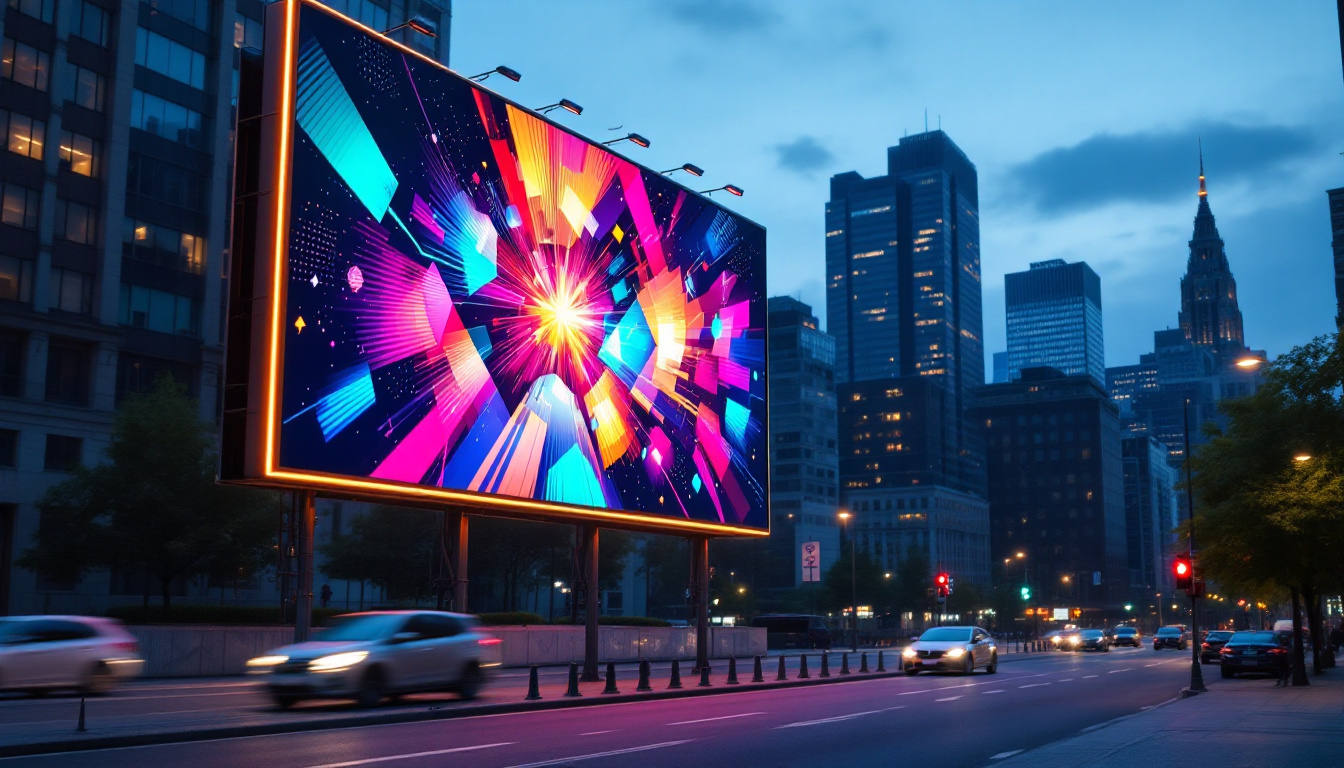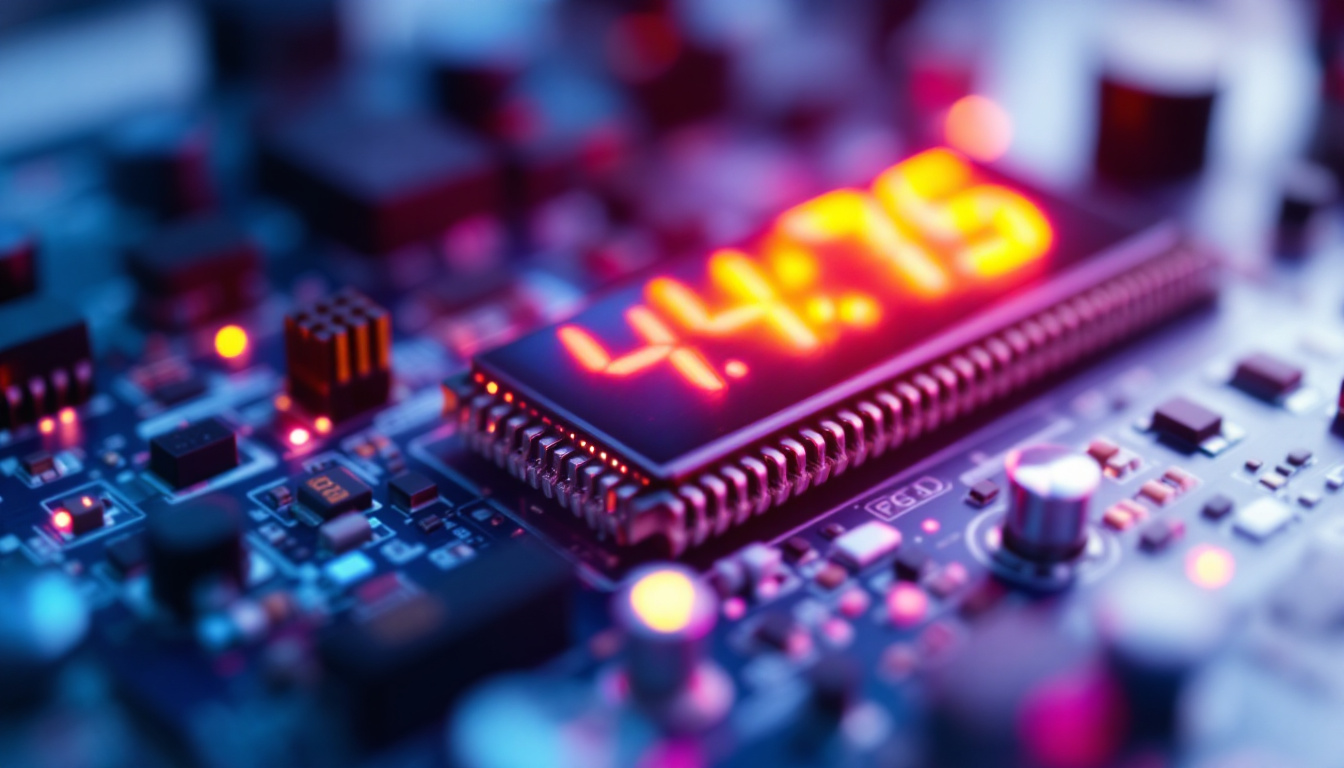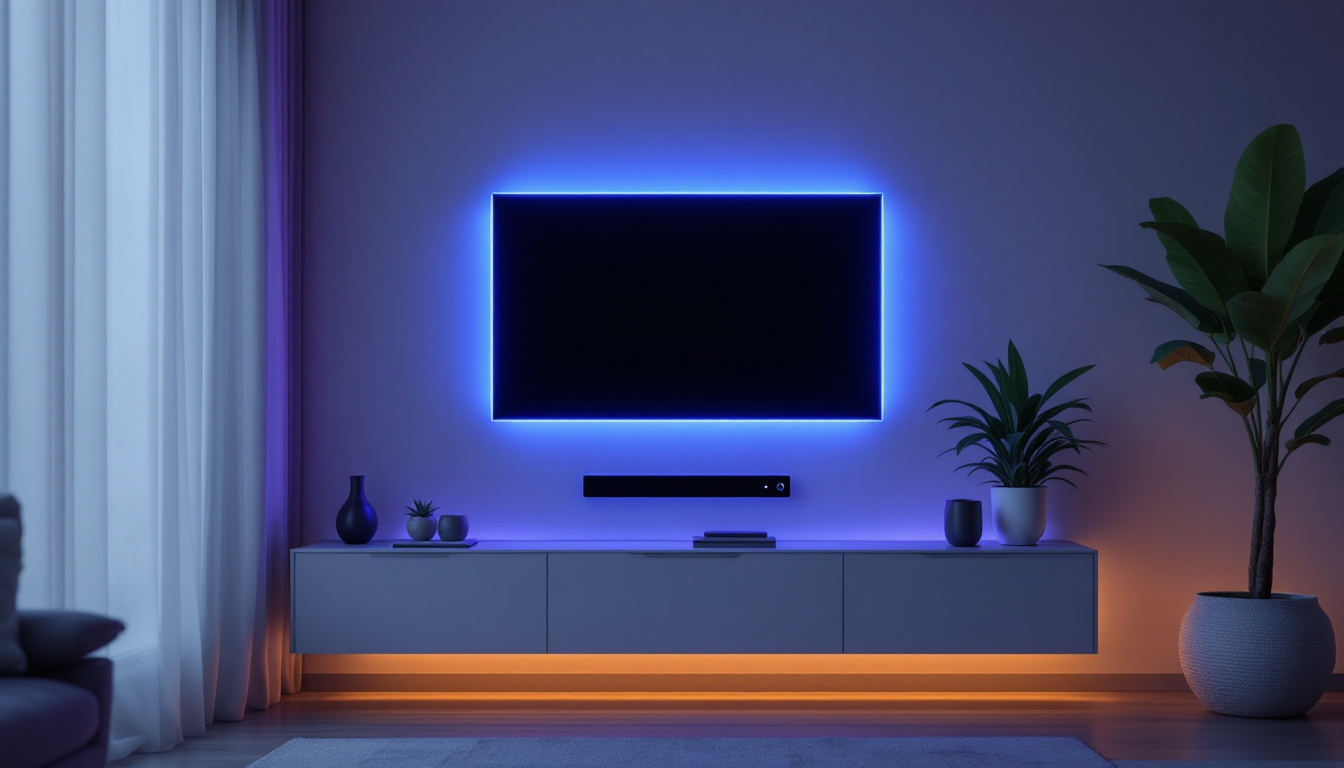In the realm of technology, display devices have evolved significantly over the years, with LED displays emerging as one of the most popular choices for various applications. From televisions to smartphones and large-scale advertising billboards, LED technology has transformed how visual information is presented. This article delves into the intricacies of LED displays, exploring their working principles, advantages, applications, and future trends.
Understanding LED Technology
LED stands for Light Emitting Diode, a semiconductor device that emits light when an electric current passes through it. This technology has revolutionized display devices by providing brighter, more efficient, and longer-lasting alternatives to traditional display technologies like LCD and CRT. The adoption of LED technology has not only transformed consumer electronics but has also paved the way for innovative applications in various fields, including automotive lighting, architectural illumination, and even horticulture, where specific light wavelengths can enhance plant growth.
The Basics of LED Functionality
At its core, an LED is a diode that emits light when electrons recombine with holes within the device. The color of the emitted light depends on the materials used in the semiconductor. For instance, gallium nitride produces blue light, while gallium phosphide can produce green light. By combining different colors, a full spectrum of colors can be created, allowing for vibrant and dynamic displays. This ability to mix colors has led to the development of advanced technologies such as RGB LED strips that are widely used in decorative lighting and stage productions, enabling a range of visual effects that enhance the ambiance of any setting.
The fundamental principle behind LED displays is the arrangement of these diodes in a matrix format. Each pixel in an LED display is made up of red, green, and blue (RGB) sub-pixels. By adjusting the intensity of each color, a wide range of colors can be produced, enabling the display to render detailed images and videos. Moreover, the rapid response time of LEDs allows for smooth motion rendering, making them ideal for high-definition video playback and gaming, where every millisecond counts for an immersive experience.
Types of LED Displays
LED displays can be categorized into several types based on their structure and application. The most common types include:
- Direct View LED (DVLED): These displays consist of individual LEDs that form the entire screen. They are often used in large outdoor displays and digital billboards, providing exceptional visibility even in bright sunlight due to their high brightness levels. The modular nature of DVLEDs also allows for easy scalability, making them suitable for various sizes and configurations, from small signage to massive stadium screens.
- LED-backlit LCD: In this type, LEDs are used to backlight an LCD panel. This combination enhances brightness and contrast, making it a popular choice for televisions and monitors. The use of local dimming technology in LED-backlit LCDs further improves picture quality by allowing specific areas of the screen to be dimmed or brightened independently, resulting in deeper blacks and more vibrant colors.
- Organic LED (OLED): OLEDs use organic compounds that emit light when an electric current is applied. Unlike traditional LEDs, OLEDs do not require a backlight, allowing for thinner displays with better contrast ratios. This technology has gained traction in high-end televisions and smartphones, offering stunning visual experiences with true blacks and wide viewing angles. Additionally, the flexibility of OLED panels opens up possibilities for curved and even foldable screens, pushing the boundaries of display design.
Advantages of LED Displays
LED displays offer numerous advantages that contribute to their widespread adoption across various industries. Here are some of the most notable benefits:
Energy Efficiency
One of the most significant advantages of LED technology is its energy efficiency. LED displays consume considerably less power compared to traditional display technologies. This reduced energy consumption not only lowers operational costs but also contributes to a smaller carbon footprint, making LED displays a more environmentally friendly option. Additionally, the lower heat output of LED displays means that they require less cooling, further enhancing their energy-saving capabilities. As businesses and organizations increasingly seek sustainable solutions, the energy efficiency of LED displays positions them as a smart choice for eco-conscious consumers.
Brightness and Visibility
LED displays are known for their high brightness levels, making them suitable for both indoor and outdoor environments. The ability to produce vibrant colors and sharp images in bright sunlight is a key factor in their popularity for advertising and public information displays. This high visibility ensures that content can be easily seen from a distance, attracting attention effectively. Furthermore, LED technology allows for better contrast ratios, which enhances the overall viewing experience. Whether used in bustling urban settings or during nighttime events, LED displays maintain their clarity and impact, making them ideal for dynamic content that needs to stand out.
Longevity and Durability
LED displays have a significantly longer lifespan compared to traditional display technologies. While an average LCD or CRT display may last around 20,000 to 30,000 hours, LED displays can last up to 100,000 hours or more. This durability reduces the need for frequent replacements, further contributing to cost savings in the long run. Additionally, LED displays are more resistant to shock and vibration, making them suitable for a variety of applications, from outdoor advertising to transportation signage. Their robust construction also means that they can withstand harsh weather conditions, ensuring that they remain functional and visually appealing over time. This resilience not only enhances their value but also promotes a lower total cost of ownership, making them an attractive investment for businesses looking to maximize their return on display technology.
Applications of LED Displays
LED displays have found applications in a wide range of fields, thanks to their versatility and performance. Some of the most common applications include:
Advertising and Marketing
One of the most prominent uses of LED displays is in advertising and marketing. Digital billboards, signage, and video walls are increasingly being used to capture the attention of consumers. The ability to change content quickly and remotely allows businesses to tailor their messages to specific audiences, making advertising more effective.
Television and Entertainment
In the entertainment industry, LED displays have transformed the way content is consumed. Many modern televisions utilize LED technology for superior picture quality, while large-scale LED screens are commonly used in concert venues and sports arenas to enhance the viewing experience. These displays provide vibrant colors and high contrast, ensuring that audiences enjoy immersive visuals.
Medical and Scientific Applications
LED displays are also making significant strides in medical and scientific fields. In medical imaging, LED technology is used in monitors that display critical patient information and imaging data. The high resolution and color accuracy of LED displays are essential for accurate diagnostics and patient care.
Challenges and Limitations
Despite the numerous advantages of LED displays, there are some challenges and limitations that should be considered. Understanding these factors can help users make informed decisions about their display needs.
Cost Considerations
While the prices of LED displays have decreased over the years, they can still be more expensive than traditional display technologies, particularly for high-resolution models. This upfront cost may deter some consumers or businesses from adopting LED technology, especially for large installations.
Viewing Angles
Although LED displays offer excellent brightness and color reproduction, their viewing angles can sometimes be limited. Depending on the type of LED technology used, colors may appear washed out or distorted when viewed from extreme angles. This limitation can affect the overall viewing experience, particularly in larger installations where viewers may be positioned at various angles.
The Future of LED Displays
The future of LED displays looks promising, with ongoing advancements in technology and applications. As manufacturers continue to innovate, several trends are emerging that are likely to shape the future of LED displays.
MicroLED Technology
MicroLED is an emerging technology that promises to enhance the capabilities of LED displays further. MicroLED displays consist of tiny individual LEDs that can be used to create high-resolution screens with exceptional color accuracy and brightness. This technology has the potential to revolutionize the display industry by offering thinner, lighter, and more efficient displays.
Integration with Smart Technology
As smart technology continues to gain traction, LED displays are increasingly being integrated with smart features. This includes connectivity with the Internet of Things (IoT), allowing for remote control, content management, and interactive capabilities. Such integration enhances the functionality of LED displays, making them more versatile for various applications.
Sustainability Initiatives
With growing concerns about environmental impact, manufacturers are focusing on sustainability initiatives in LED display production. This includes using eco-friendly materials, improving energy efficiency, and enhancing recyclability. As consumers become more environmentally conscious, sustainable practices in LED technology will likely play a crucial role in shaping the future of display devices.
Conclusion
LED displays have undoubtedly transformed the landscape of visual technology, offering numerous advantages over traditional display methods. Their energy efficiency, brightness, and longevity make them suitable for a wide range of applications, from advertising to entertainment and beyond. While challenges remain, ongoing advancements in technology and a focus on sustainability promise to enhance the capabilities of LED displays in the future.
As the demand for high-quality visual experiences continues to grow, LED displays are poised to remain at the forefront of display technology, shaping the way information is presented and consumed in the years to come.
Explore Cutting-Edge LED Display Solutions
Ready to elevate your visual experience with the latest in LED technology? Look no further than LumenMatrix, a pioneer in crafting innovative LED display modules designed to amplify your brand’s presence and captivate your audience. Whether you’re interested in Indoor LED Wall Displays, Outdoor LED Wall Displays, or specialized solutions like Vehicle LED Displays, LED Sports Displays, and even Custom LED Displays, LumenMatrix has the expertise to transform your visual communication. Discover how our state-of-the-art LED solutions can create impactful and engaging displays that resonate with your audience. Check out LumenMatrix LED Display Solutions today and step into the future of display technology.

